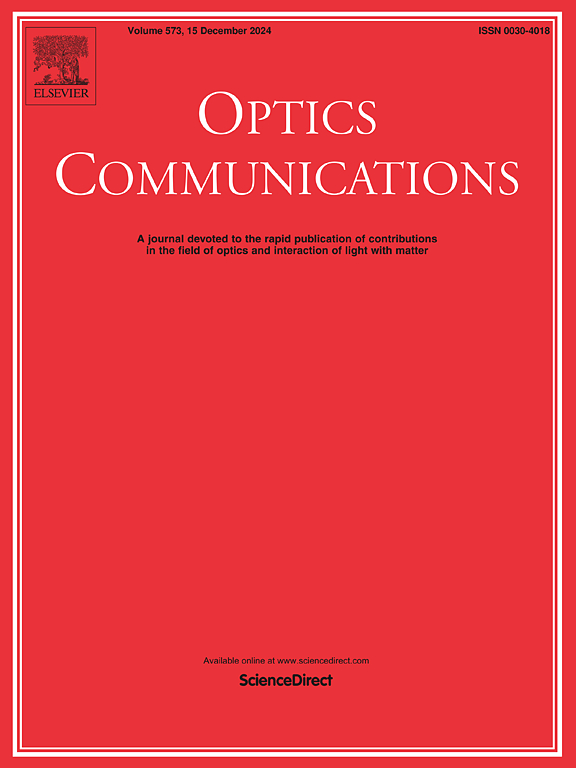Influence of core-cladding interfacial stress on regeneration process of FBG and mechanism analysis
IF 2.5
3区 物理与天体物理
Q2 OPTICS
引用次数: 0
Abstract
Clarifying the core-cladding interfacial interaction is crucial for comprehending the high-temperature regeneration. Nevertheless, the underlying mechanism remains ambiguous, and the interactive correlation is unclear. To focus on these issues, this study adopts a chemical etching method to remove the core-cladding interfacial stress of fiber Bragg grating (FBG) and analyzes the spectral variation systematically. Experimental results reveal the core-cladding interfacial stress is not a decisive factor in triggering regeneration, while it significantly influences the erasing time, amplitude, and direction of spectral shift. For the first time, the core-cladding interfacial stress is verified to induce thermal blue-shift of the regeneration process, and a corresponding mathematical prediction model is proposed. Our work provides an insightful perspective for exploring the formation mechanism of regenerated gratings and lays a foundation for hyper thermal application of fiber optic sensing.
芯包层界面应力对光纤光栅再生过程的影响及机理分析
澄清堆芯-包层界面相互作用对理解高温再生至关重要。然而,潜在的机制仍然不明确,相互关系尚不清楚。针对这些问题,本研究采用化学蚀刻法去除光纤布拉格光栅(FBG)的芯包层界面应力,并系统地分析了光谱变化。实验结果表明,堆芯-包层界面应力不是触发再生的决定性因素,但对谱移的擦除时间、幅度和方向有显著影响。首次验证了芯-包层界面应力诱发再生过程的热蓝移,并提出了相应的数学预测模型。我们的工作为探索再生光栅的形成机制提供了有见地的视角,并为光纤传感的超热应用奠定了基础。
本文章由计算机程序翻译,如有差异,请以英文原文为准。
求助全文
约1分钟内获得全文
求助全文
来源期刊

Optics Communications
物理-光学
CiteScore
5.10
自引率
8.30%
发文量
681
审稿时长
38 days
期刊介绍:
Optics Communications invites original and timely contributions containing new results in various fields of optics and photonics. The journal considers theoretical and experimental research in areas ranging from the fundamental properties of light to technological applications. Topics covered include classical and quantum optics, optical physics and light-matter interactions, lasers, imaging, guided-wave optics and optical information processing. Manuscripts should offer clear evidence of novelty and significance. Papers concentrating on mathematical and computational issues, with limited connection to optics, are not suitable for publication in the Journal. Similarly, small technical advances, or papers concerned only with engineering applications or issues of materials science fall outside the journal scope.
 求助内容:
求助内容: 应助结果提醒方式:
应助结果提醒方式:


